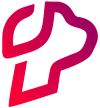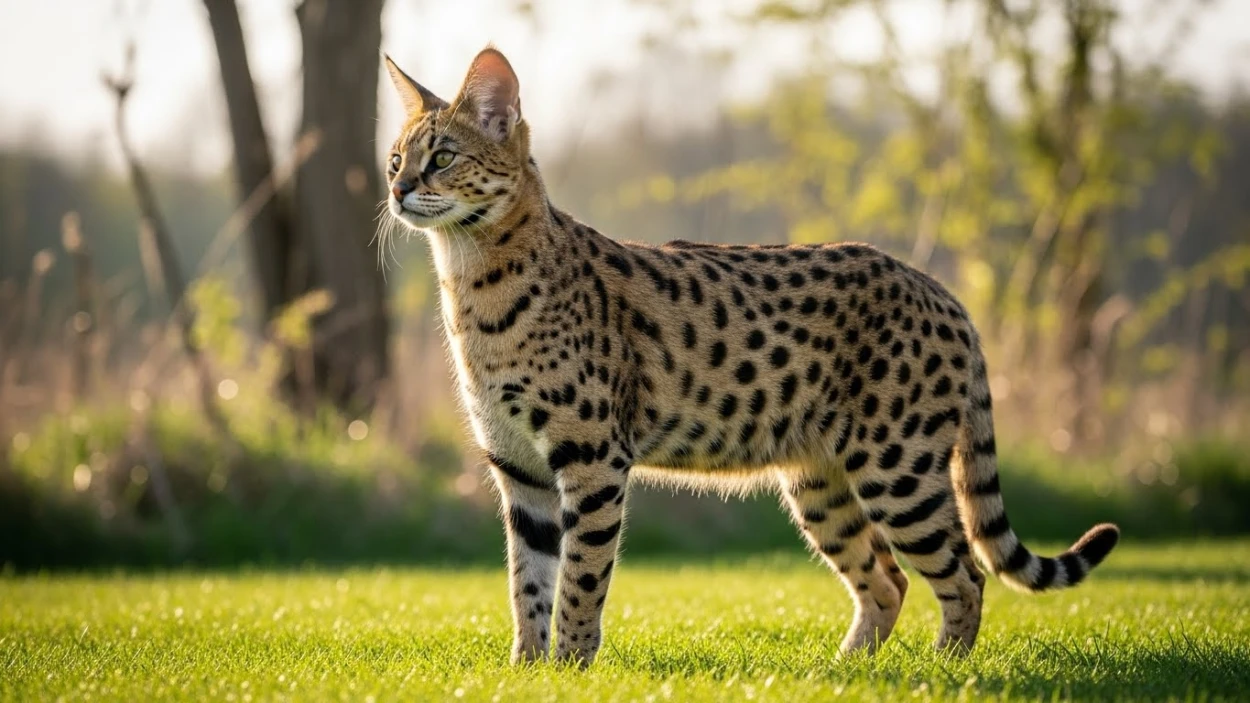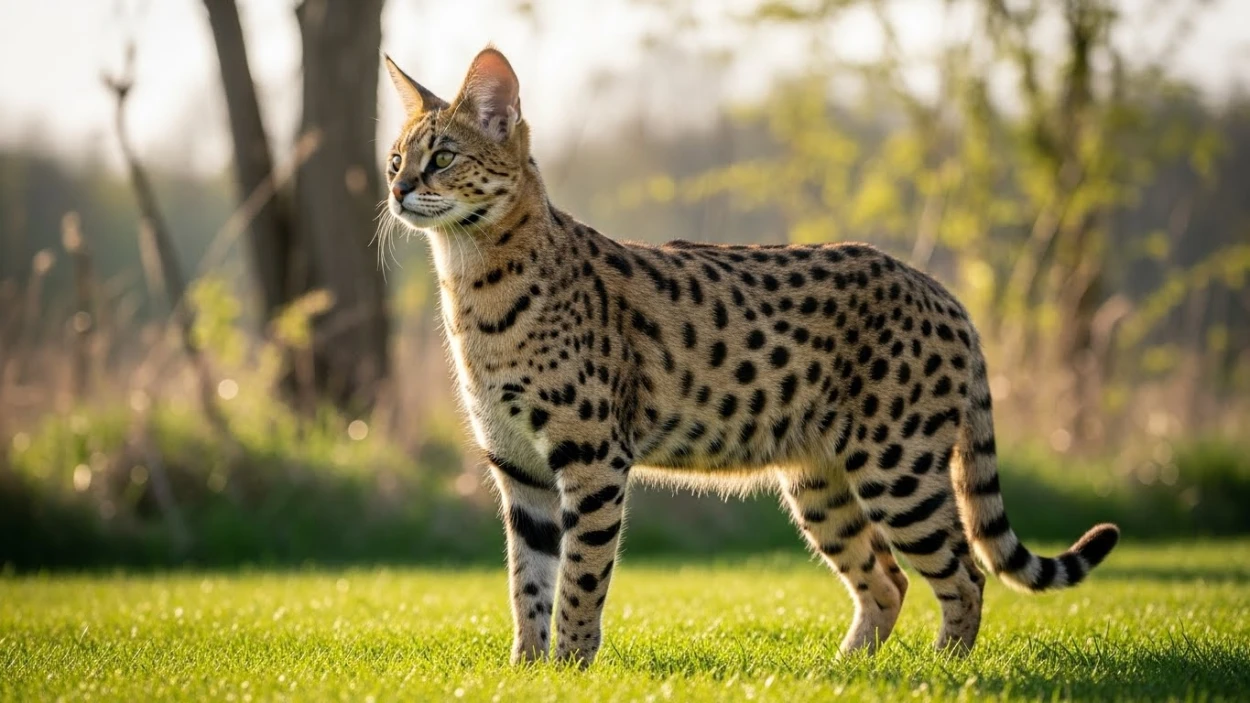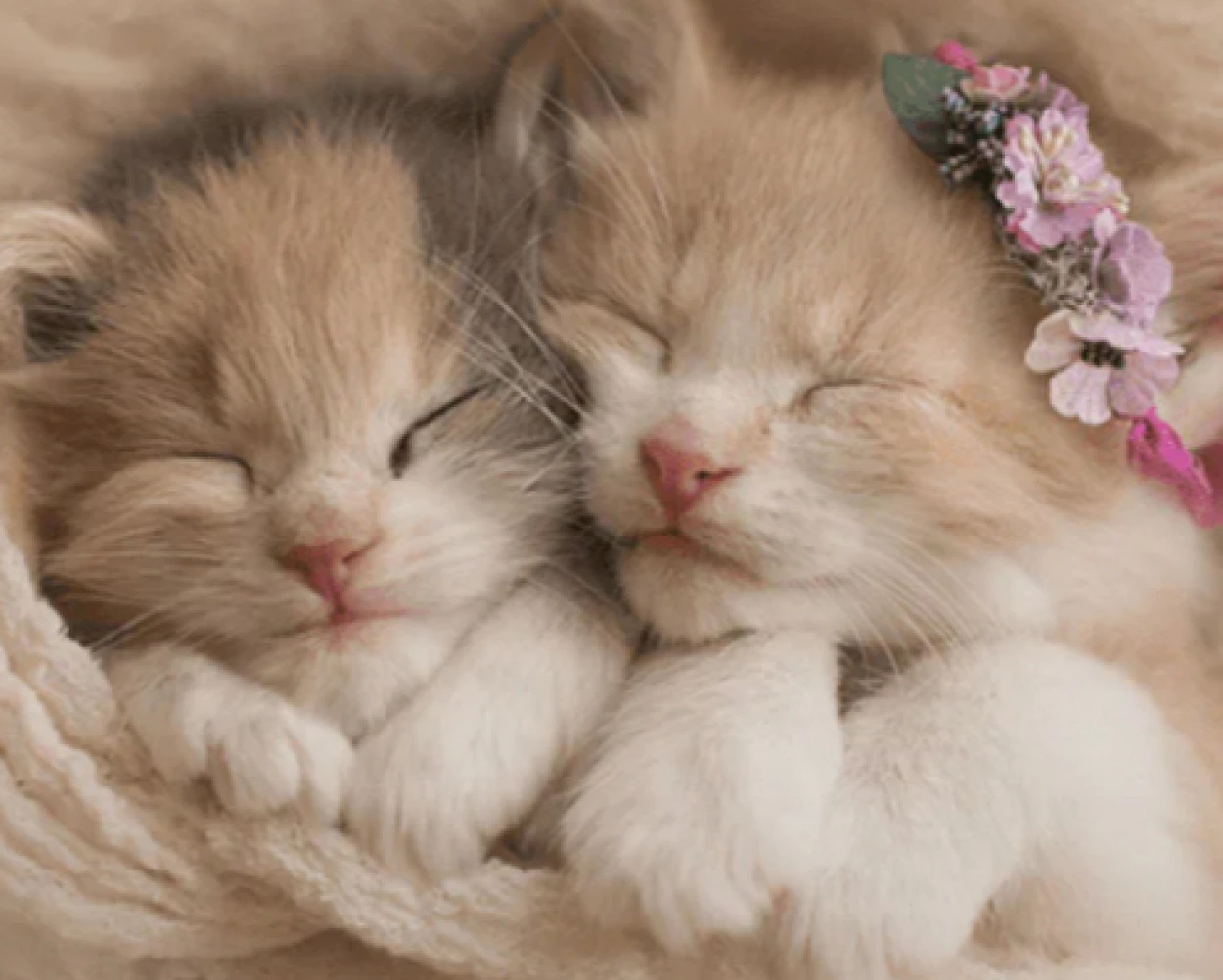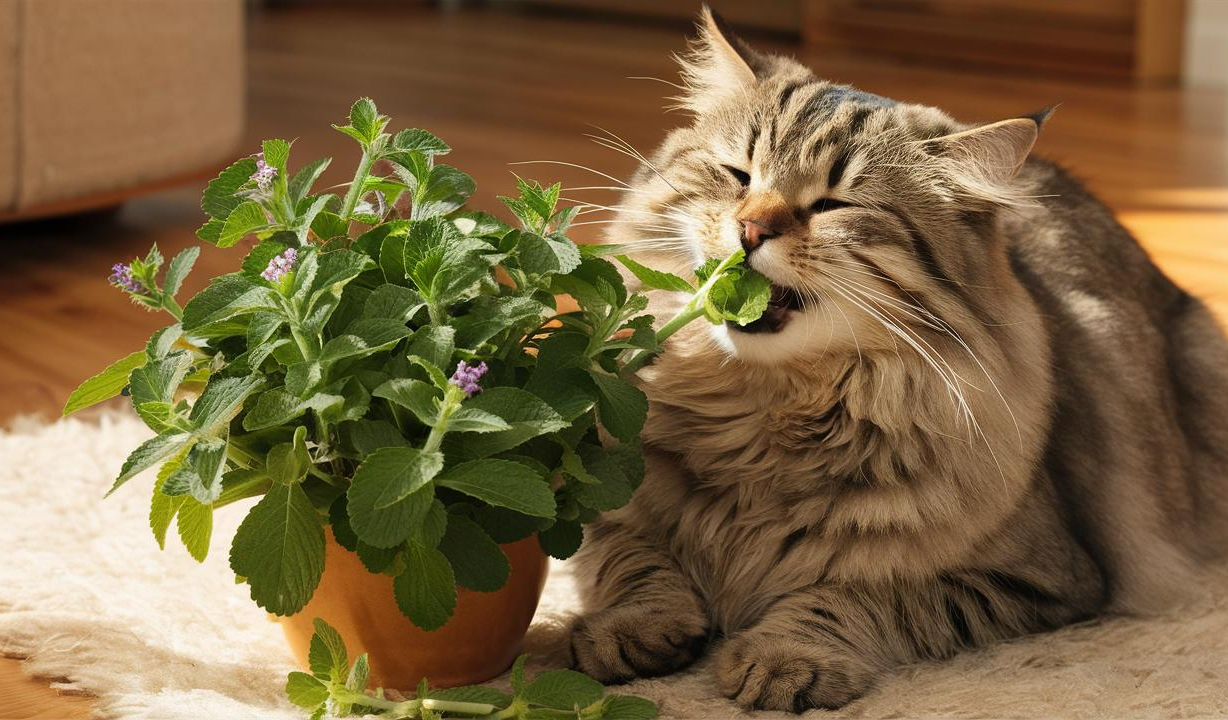The Majorca Ratter, known for its charming appearance and lively personality, can be an ideal companion when properly trained.
This article will delve into the art of Majorca Ratter dog training, exploring the breed's characteristics, the importance of training, and providing practical guidance on how to nurture a well-behaved furry friend.
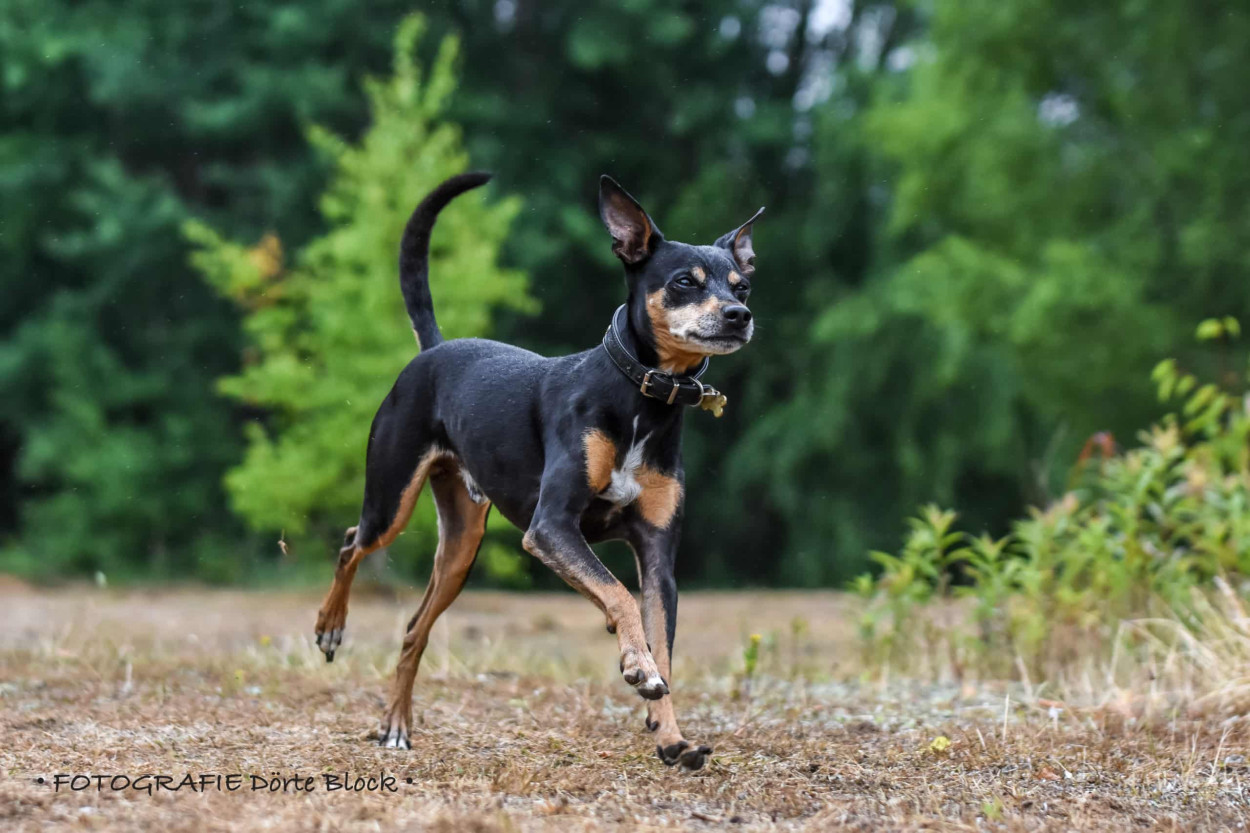
Understanding the Majorca Ratter Breed
- Historical Background and Origin
The Majorca Ratter dog breed, also known as the Ca de Bestir, hails from the Balearic Islands of Spain. Historically, they were bred for ratting, a task they excelled at due to their agile and tenacious nature. Despite their small size, these dogs are known for their bravery and hunting instincts.
- Physical Characteristics and Temperament
Majorca Ratters are compact dogs with a strong, muscular build. They have short, dense coats and expressive eyes. Their temperament is often described as loyal, alert, and protective. However, they can also be independent and strong-willed.
Why Training is Crucial
Training a Majorca Ratter is not just a luxury; it's a necessity. These dogs are intelligent but can be stubborn, making them a challenge for inexperienced owners. Here's why investing in training is essential:
- Highlighting the Breed's Strong-Willed Nature
Majorca Ratters have a mind of their own, which can lead to behavioural issues if not properly managed. Training helps establish authority and control.
- Benefits of Training for the Dog and Owner
A well-trained Majorca Ratter is a happy dog. Training fosters mental stimulation, prevents destructive behaviour, and enhances the bond between you and your furry companion.
Basic Training Commands
When embarking on Majorca Ratter dog training, start with the basics:
Commands like sit, stay, and come are fundamental. Use positive reinforcement techniques, rewarding your dog with treats or praise when they obey.
Socialization
- Importance of Early Socialization
Expose your Majorca Ratter to various people, animals, and environments from a young age. This prevents fear-based aggression and promotes a well-rounded, confident dog.
- Tips for Socializing Majorca Ratter Puppies
Arrange play-dates, visit dog parks, and enrols in puppy socialization classes. Positive interactions during their formative months are crucial.
- Advanced Obedience Commands
As your dog progresses, move on to advanced obedience commands like heel and down. Consistency is key; use the same commands and reward system.
Housebreaking and Crate Training
- Tips for Housebreaking
Establish a routine for bathroom breaks, and be patient. Consistency in schedule and positive reinforcement will help your Majorca Ratter understand where and when to do their business.
- How to Use Crate Training Effectively
Crate training provides a safe space for your dog and aids in housebreaking. Ensure the crate is comfortable and never use it as a form of punishment.
Exercise and Mental Stimulation
- Discuss the Breed's Need for Physical Activity
Majorca Ratters are energetic dogs. Regular exercise, such as daily walks and playtime, is crucial to keep them happy and healthy.
- Suggest Mental Stimulation Activities
Engage their minds with puzzle toys, obedience challenges, and interactive games to prevent boredom and destructive behaviour.
Training Challenges
- Common Challenges Faced When Training Majorca Ratters
From stubbornness to selective hearing, Majorca Ratters present specific challenges. Be prepared to address issues like leash pulling and barking.
- Troubleshooting and Solutions
Consult with a professional trainer if you encounter persistent challenges. They can offer guidance and customized solutions.
Professional Training vs. DIY
- Pros and Cons of Hiring a Professional Trainer
Professional trainers bring expertise and experience, but they can be costly. Consider this option if you're facing severe training difficulties.
- DIY Training Tips for Committed Owners
For those committed to hands-on training, utilize online resources, books, and local training clubs. Consistency and patience are paramount.
Conclusion
Majorca Ratters are delightful companions when properly trained. Their loyal nature, combined with a well-structured training regimen, can result in a well-behaved and loving pet. Remember, training is an ongoing process that requires dedication, patience, and a genuine love for your furry friend.
FAQs (Frequently Asked Questions)
Q. How long does it take to train a Majorca Ratter effectively?
Training duration varies, but expect several months of consistent effort for comprehensive training.
Q. Are Majorca Ratters good with children?
Yes, when properly socialized and trained, they can be excellent family dogs.
Q. Do Majorca Ratters require a lot of exercise?
Yes, they are an active breed and need daily exercise to stay healthy and happy.
Q.What's the best age to start training a Majorca Ratter puppy?
Early training should begin around 8-10 weeks of age when they are most receptive to learning.
Q. Can Majorca Ratters live in apartments, or do they need a yard?
While they enjoy outdoor space, they can adapt to apartment living if provided with ample exercise and mental stimulation.
